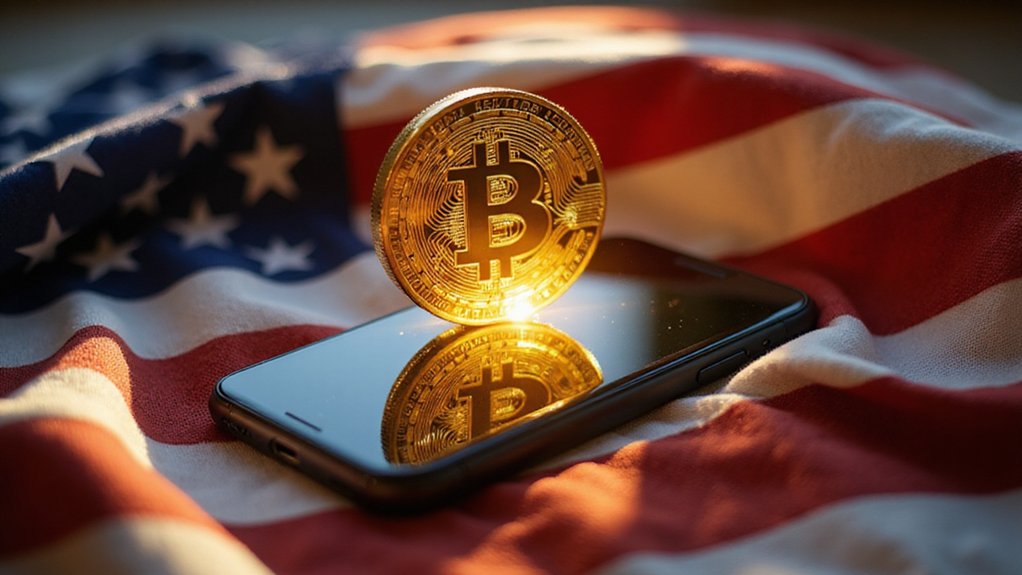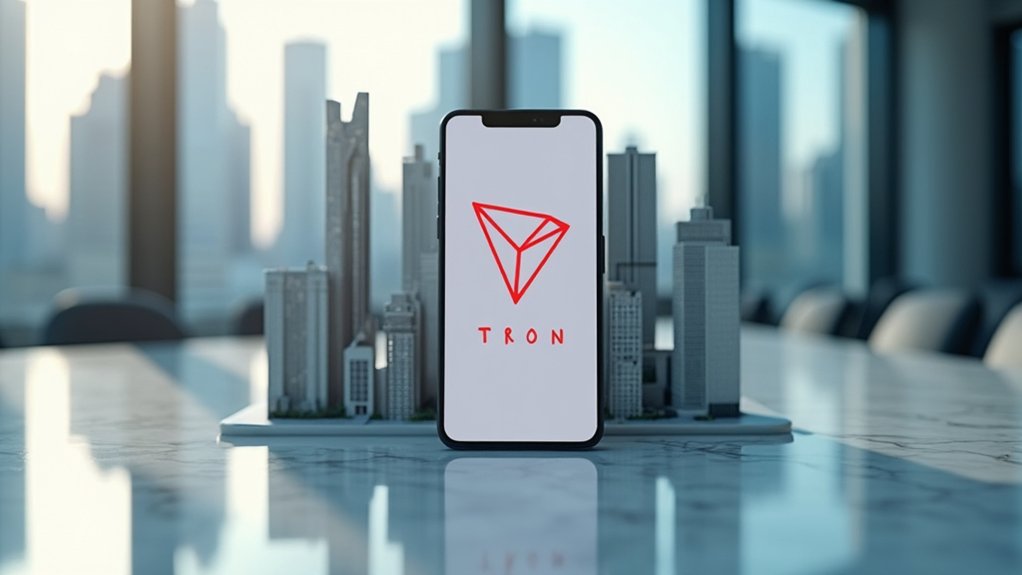In a development that might charitably be described as responsive governance—or less charitably as capitulation to market pressures—World Liberty Financial has executed a complete reversal on its WLFI token transferability policy, announcing plans to transform what was previously a locked governance token into a tradeable digital asset.
The foundation’s about-face represents a fascinating case study in how quickly crypto projects can pivot when faced with community demands for liquidity.
The decision marks a significant departure from WLFI’s original positioning as a purely utility-focused governance token. Unlike typical DeFi governance tokens that offer staking rewards or revenue-sharing mechanisms, WLFI was designed with deliberately limited economic incentives—functioning primarily as a digital membership card granting voting rights, early access to platform features, and fee discounts within the World Liberty ecosystem.
This austere approach to tokenomics, while philosophically coherent, apparently proved less compelling to token holders than the prospect of secondary market trading.
The numbers underlying this governance experiment are substantial: World Liberty Financial raised approximately $550 million through public sales of 25 billion tokens from a total supply of 100 billion WLFI.
Perhaps more intriguingly, former President Donald Trump holds 15.75 billion governance tokens, creating an unusual concentration of voting power that raises questions about the democratic nature of the platform’s decision-making processes.
The timing of this transferability shift aligns strategically with World Liberty’s broader ecosystem development. The project recently launched USD1, a stablecoin backed by U.S. dollars and government treasuries, positioning itself as a regulatory-compliant bridge between traditional finance and DeFi.
The platform’s newly introduced mobile app suggests an effort to broaden accessibility beyond crypto-native users.
Corporate interest in WLFI for treasury allocation has reportedly increased, with the token’s impending transferability likely to enhance institutional appeal.
Whether this represents genuine corporate confidence in the project’s governance model or merely speculative positioning remains unclear.
The foundation’s “big news expected imminently” suggests that implementation details are being finalized, though the specifics of how this alteration will occur—and what safeguards might prevent immediate mass liquidation—remain conspicuously unaddressed. This shift exemplifies the broader trend of how digital assets are increasingly influencing traditional financial markets and creating new hybrid investment opportunities that combine elements of both cryptocurrency and conventional trading strategies.






